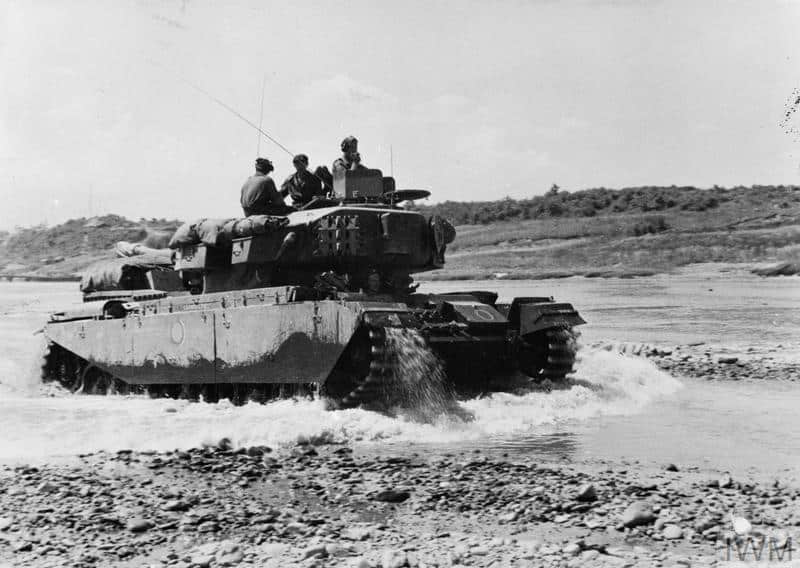Seoul
This was an American Battle, during which the 29th British Infantry Brigade Group (under command of I US Corps) was heavily attacked. The Brigade occupied a defensive position North West of Seoul, in the vicinity of Chungchung-Dong. The enemy attacked and, after being driven back by local counter-attacks, the Brigade withdrew fighting to the south of the River Han.
The Honour has been awarded to the 8th Hussars.
Hill 327
In this Engagement, the 29th British Infantry Brigade Group came under command of the 25th US Division, in the Kyongan-Ni area. It took part in the successful attack to gain the ‘Boston’ line.
The Honour has been awarded to the 8th Hussars.
Imjin
This Engagement took place on the launching of a major Chinese offensive against the United Nations 29th British Infantry Brigade Group held the left sector of 3rd US Division on the River Imjin. All units of the Brigade had heavy fighting until it withdrew on the 25th of April.
The Honour was emblazoned by the 8th Hussars.
Kowang-San
This Action, which was an operation carried out by I US Corps, entailed an advance against enemy opposition between Changdan and the North-East of Chorwon. The British Commonwealth Division attacked between the Rivers Samichon and Imjin.
The Honour has been awarded to the 8th Hussars.
Detail
The 8th Hussars arrived in Korea as part of the 29th British Infantry Brigade on 14 November 1950 and were sent south to Seoul where the Allied forces were already in retreat from the Chinese.
Almost as soon as they arrived there, on 2 January 1951 they were involved in a bloody and vicious defensive action holding the northern perimeter of Seoul.
In a disastrous action known as the ‘‘Battle of Happy Valley’ Recce Troop was completely cut off and either killed or captured, whilst the rest of the Regiment withdrew south of the River Han.
On 16 February ‘C’ Squadron was the support for a deliberate assault by the Gloucester’s on the highest feature in the area, known only as Hill 327.
It was such a success that it was called ‘Operation Copy Book’, and from there the Regiment helped push the Chinese back over the River Han by the 20th.
22-25 April saw the Regiment as the only armoured unit supporting their Brigade during the gallant but disastrous defence of the Imjin River. Large Chinese infiltration attacks overnight had left the Gloucester’s completely cut off on the northern side of the river, and it turned out that the Brigade was facing the main enemy effort.
Though repeatedly trying to relieve the beleaguered Gloucester’s over impossible terrain, the strength of the enemy’s assault forced a withdrawal, with each Troop involved in actions that enabled whole Battalions to escape the net.
Ammunition ran so low that the tanks literally had to drive back over the Chinese infantry.
From 3-12 October the Regiment supported the successful assaults on the hills Kowang-San and Maryang-San.
‘A’ Squadron was to attack from the high ground, but only three tanks made it up the very steep slopes to lead an assault along a knife-edge ridge, through the forest to get onto the objective.
‘B’ Squadron meanwhile was down in the valleys ‘firing’ the infantry onto position after position, enabling them to move while keeping the enemy’s heads down.
Before leaving Korea several small but bitter actions were fought, inevitably in difficult conditions of terrain, normally considered totally unsuitable for tanks, and of weather whose, summer rains flooded the Imjin river to a depth of twenty feet.
Their main objective was to protect the capital Seoul, and in this the Division was successful.


